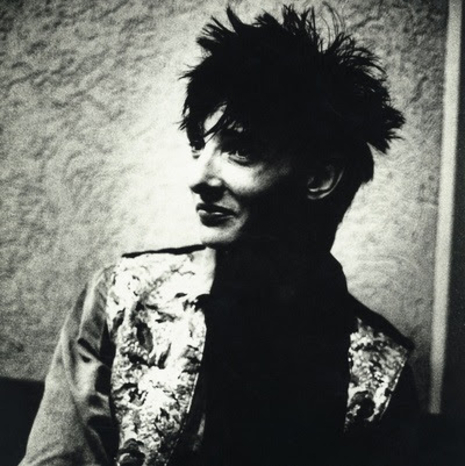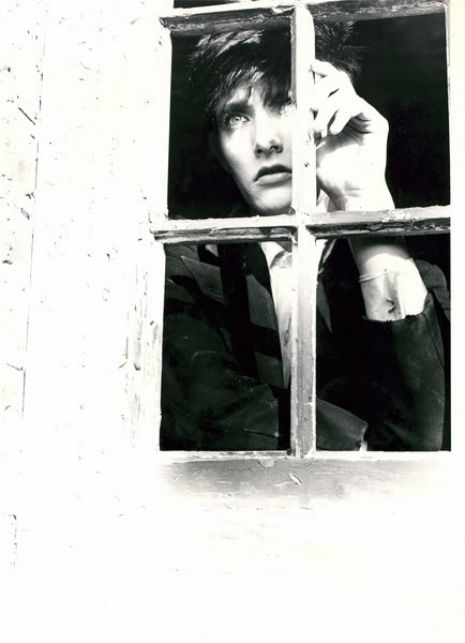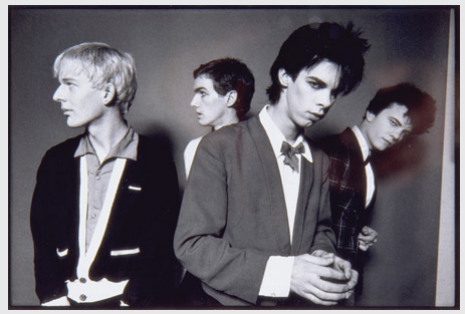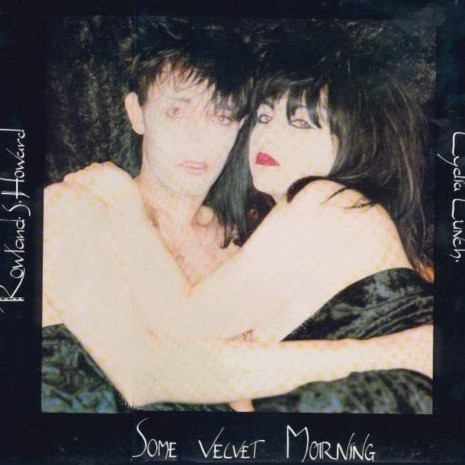
Photo of Rowland S. Howard by Stefan De Batselier
I’ve been a big Birthday Party fan since Prayers on Fire first came out—which is 38 years ago, if you are keeping count—and lately I’ve been in a real BP kick again, buying up original Aussie singles on Discogs. When the offer to review Fat Possum Records’ 2-LP vinyl reissue of Rowland S. Howard’s 1999 solo album Teenage Snuff Film came my way, I said “yes please.”
I’m embarrassed to admit that this album had passed me by, which is strange as I continued to follow Howard’s music after the Birthday Party imploded. Crime & The City Solution.These Immortal Souls. His two albums with Lydia Lunch are amongst my top favorite records. And you’d think a title like Teenage Snuff Film would’ve been intriguing enough, but apparently I was otherwise engaged in 1999. (In my defense, it wasn’t released in North America.)
Better late than never. This album is a motherfucker!
Teenage Snuff Film kicks off with the brilliant “Dead Radio” and these lyrics:
You’re bad for me
Like cigarettes
But I haven’t sucked
Enough of you yet
Did Raymond Chandler ever write anything that good? No. No he never did.
In the very next song, “Breakdown (And Then…),” the crown prince of the crying Jag intones:
Crown prince of the crying Jag
Stuffed the towel in his mouth to gag,
Oh my darling I never knew
How hard it was to get rid of you
The opening lyrics of the third song are equally as strong as what preceded them, if not stronger still:
I had no knife but myself
It was me I cut but you bled as well
How could I help dear sweet pretty one
When I could not put down the gun.
The title of that last one takes the notion of the famous six word story attributed to Ernest Hemingway (“For sale: baby shoes, never worn”) and cuts it down to just three: “I Burned Your Clothes.”
You really don’t have to wonder too much what that one’s all about do you? Does it come as any surprise that an album with a title like Teenage Snuff Film is a tad on the dark side? Probably not for most people, Howard clearly being a firm believer in truth-in-advertising. TSF is a bleak and diseased chronicle of an obsessive, toxic relationship and self-destruction. It delivers a payload of the very noirest noir. File it next to Marc Almond’s Torment and Toreros and Lou Reed’s Berlin under “Music to Slit Your Wrists To.” (This is a big compliment, if that’s not clear!)
The music lives up to the standard set by the lyrics. Howard is backed here by Mick Harvey on drums, organ and guitar, Brian Hooper (The Beasts of Bourbon) on bass and six string players. His longtime partner Genevieve McGuckin co-wrote and played organ on “Silver Chain.” There is a thick Phil Spectoresque Wall of Guitars-style production by Lindsay Gravina. I always found that the weakest part of These Immortal Souls was Howard’s singing—he always seemed more of a phantom than a frontman—but here I think his ravaged voice is just about the only one I could ever imagine hearing sing these songs. (At least the ones he wrote, there are also ace covers of the Shangri-Las’ “He Cried” and Billy Idol’s “White Wedding” which is set to a gothic blues dirge that really brings out a different side of that particular song.)
Teenage Snuff Film is out now in North and South America on Fat Possum Records as a 2-LP set newly remastered by producer Lindsay Gravina from the original tapes. It comes out in the UK and Europe on MUTE Records. Autoluminescent, Richard Lowenstein and Lynn-Maree Milburn’s documentary about the life of Rowland S. Howard is currently streaming on Amazon Prime. Both are highly recommended.
“Exit Everything”
More Rowland S. Howard after the jump…









